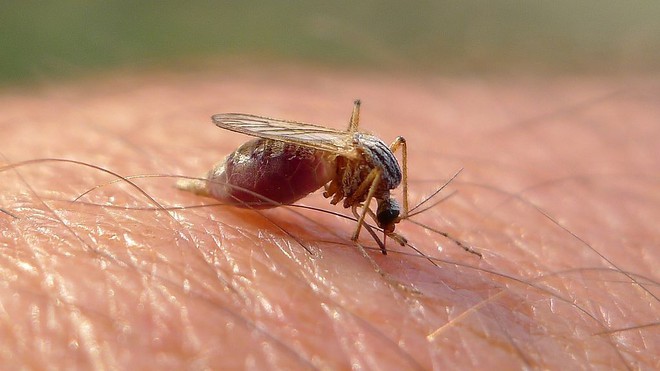In the world of detectives, the tools that often evoke images of the profession are magnifying glasses, fingerprint brushes and flashing green lights. But sometimes the most unlikely details come in the most unexpected forms. This is the story of how a small mosquito proved to be the key to solving a car theft in Finland, leaving a remarkable mark in the annals of forensic science.
Picture this: a bright morning in Finland in 2008. Police officers in Seinaejoki are examining a recently recovered stolen car, frustration etched on their faces. The usual clues – fingerprints, witnesses, alibis – have yielded no results in finding the car thief. Just as they are about to end their day in frustration, Inspector Sakari Palomaeki suddenly bursts into laughter. As it turned out, he had found a small dead mosquito on the car’s upholstery, barely visible to the naked eye.
Palomaeki later recalled in an interview that the mosquito looked quite “plump,” which got them wondering. What if the mosquito had bitten the culprit? And what if, thanks to the wonders of modern science, the amount of blood the mosquito carried might hold the key to identifying the thief?

With a glimmer of hope, the police sent the mosquito to the National Bureau of Investigation in Helsinki. There, under the close supervision of forensic scientists, the blood from the mosquito’s abdomen was subjected to a rigorous DNA analysis. A few days later, the results came back, and they left everyone speechless. The DNA profile matched a suspect already in the police database for other crimes.
“Using mosquitoes in investigations is not common. During training, we are not taught to keep an eye out for mosquitoes at crime scenes,” Palomaeki said.
He added: “It’s not easy to find a small mosquito in a car, which just shows how thorough the crime scene investigation is.”
The suspect denied stealing the car and claimed he was just hitchhiking with a man. However, with this newfound evidence, the police arrested the suspect. Years later, it remains unclear whether the man was ultimately convicted.

“We asked some volunteers to let mosquitoes bite them,” explains study author Yuuji Hiroshige. “After allowing the mosquitoes to digest blood for a certain period of time, we extracted the human DNA and used PCR to amplify the sample for quantification and genotyping.”
By examining the DNA in the blood digested by two different species of mosquitoes over a period of time after feeding, the team was able to match the blood sample to each volunteer, even after two days of digestion in the mosquitoes. And after about three days, the mosquitoes can completely digest the blood, at which point the DNA cannot be confirmed.


